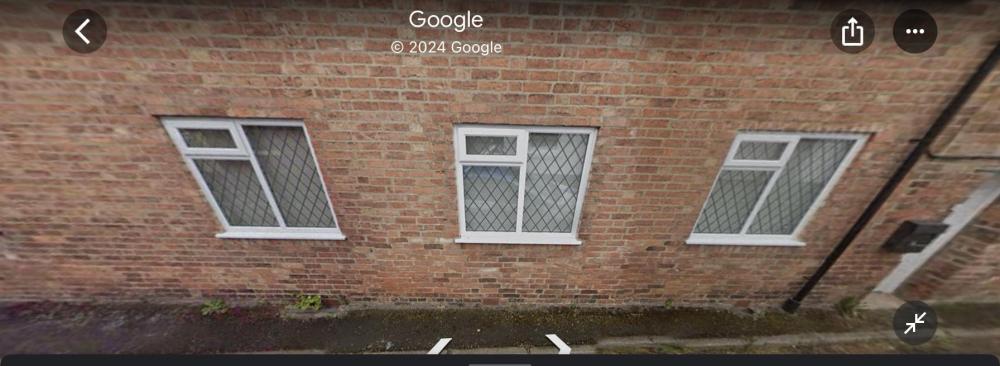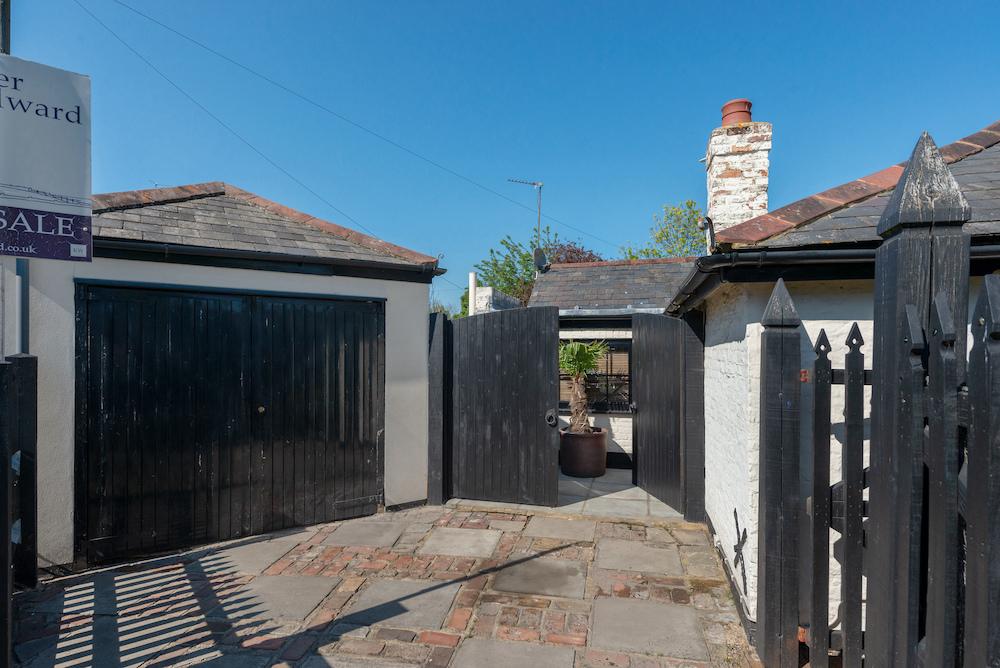Search the Community
Showing results for tags 'period house'.
-
Hi Everyone, we are trying to resolve some damp/efflorescence issues with our 1860’s property. we are getting high damp readings and efflorescence on our external road facing wall, I think the problems stem from the fact that the council put in a small pathway abutting the external wall and laid asphalt between the house and kerb, this has raised the level against the wall and is causing water to sit in the gap between the asphalt and brickwork resulting in the wall being constantly wet. we also have an enclosed gulley that may be adding to the problems. What would be the best solution for this, I imagine cutting a drainage gulley in front of the brickwork? But guess this would have to be a gravel soakaway? As the air brick surrounds would block a dedicated drainage channel? I would also like to remove the enclosed gulley and replace it with an open one that is easier to check for blockages/clean, is this a viable idea? I also think that we have some concrete pointing in the brickwork, would it be worth the time/money to get this removed and repointed? Thanks a lot for any feedback/advice!
- 12 replies
-
A recent damp and timber survey discovered raised external ground levels which are one of the things causing damp walls inside the house. Please note this house was built in 1810 and has no DPC. The surveyor suggests the following: Form a trench at the wall/path junction to a depth of 150mm below the physical damp proof course or internal floor level and fitting Aco drainage or similar, discharging into suitable drainage or back filling with pea gravel to allow drainage of rainwater. Any gravel filled trench should incorporate a suitable membrane against the wall surface and drainage so that water does not pool within the trench, which over time would penetrate to the full thickness of the wall contributing to internal dampness. Guidance on how to install such a membrane and drainage can be obtained from manufactures websites. A couple of questions: I am leaning towards a French drain because it has more flexibility for getting around potential obstacles, is less permanent if things go wrong (rip it out and replace etc), and does not need to be physically fixed in place introducing more impermeable substances into the area with damp. Is this logic sound or am I missing something? Does anyone have an idea of what sort of membrane he may be suggesting? I can follow up with him but just wanted an opinion on here Given the age of the property and it's construction am I missing a trick where something else would be preferable? A few pics for reference attached
- 10 replies



